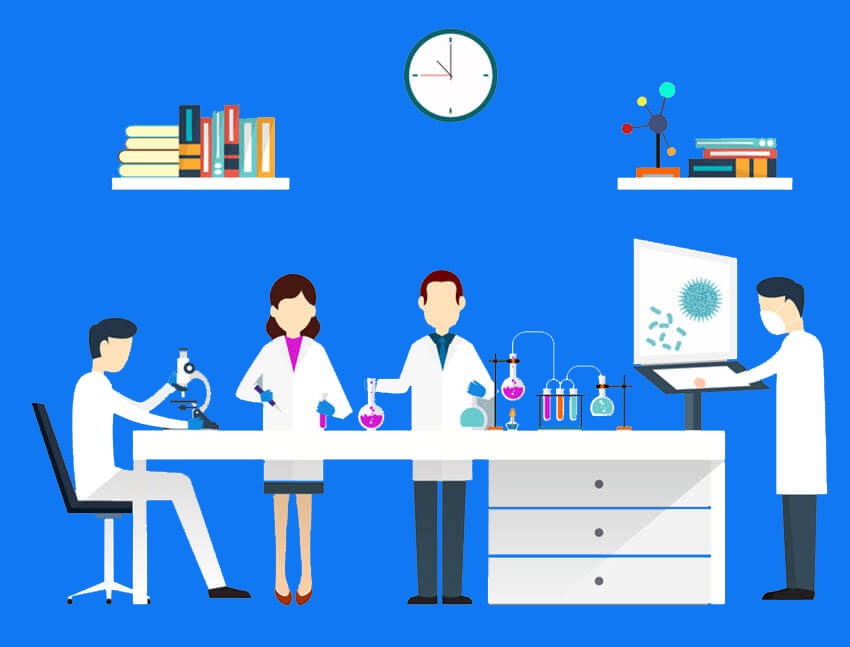What is LIS Software and How Does it Work?

What is LIS Software? It is a program that enables a laboratory to manage their information efficiently. Its functionality allows a lab to increase its capacity and volume while decreasing the risk of errors. It helps to optimize workflow by making the information available to the right people at the right time. The goal of LIMS is to increase the efficiency of a laboratory and maximize revenue. Depending on the type of data, LIS may have one or more of these features.
LIS is designed to help medical laboratories optimize their workflows. It enables staff to better manage workloads and ensure that their employees are providing quality care to their clients. It performs 14 functions that aid the laboratory staff in improving efficiency. These functions include improving communication, workload evaluation, retrieval operations, and billing. In addition, LIS can support the manual processing of specimens. This feature can even be integrated into the work flow of technologists. The results are provided on slides, which are then interpreted by pathologists, microbiologists, and haematologists.
LIS software consists of fourteen main functions. These functions include inventory, data management, communication, and workflow management. Without LIS, medical labs would be unable to provide their clients with the information they require. The benefits of using LIS software are many. It can save your lab money and increase the efficiency of your team. With so many benefits, it’s clear why medical labs should make use of this powerful system.
LIS is a software that enables the lab to take advantage of the benefits of computerization and improve patient care. The LIS system manages tasks and provides a log of task completion. It also supplies labels and work lists for technologists and technicians. These processes are strictly followed and ensure that all of the required information is captured. If an error occurs, LIS software will fix the problem.
LIS software is used in labs that perform anatomical pathology. It is a great way to keep track of specimens and maintain the necessary data. It can also improve workflow efficiency. LIS software automates the lab’s processes and improves the quality of information it produces. Whether you are in the acute care or primary care setting, LIS software will help you provide the best possible service for your patients.
LIS software is the backbone of medical lab work. When a medical lab converts to an LIS system, they will notice a tremendous difference. LIS will prevent the lab from falling behind in its work and allow the laboratory to keep up with demand. Using LIS software, lab techs will have an easier time keeping up with the growing workload and providing accurate results. In addition to this, LIS systems will enable the lab to keep up with the growing demands of clients.
LIS software integrates with electronic medical records and enables the lab to manage patient testing data. It can also integrate with EHRs and be standalone. LIS will automatically track and manage patient test results. It will also allow a lab to track quality and reduce turnaround times. This is a critical component of any laboratory. If your laboratory uses LIS software, it will have the same capabilities as an EMR.
LIS software is the backbone of all medical lab work. When a medical lab converts to an LIS system, they will immediately see a difference. The LIS software will make it easier for the lab technicians to keep up with the demands of a growing clientele. And the labs will be able to meet increasing demand as more clients realize the benefits of their services. They will be able to meet all the needs of the patients and have a faster turnaround time.
The LIS software system helps a medical lab track and manage patient testing data. It also helps a laboratory manage its quality control processes and results. A laboratory information system integrates with the practice management system to provide complete and accurate results. It provides a platform for medical professionals to organize and store all lab data. These solutions can also improve patient care by reducing errors and improving the workflow of healthcare providers.